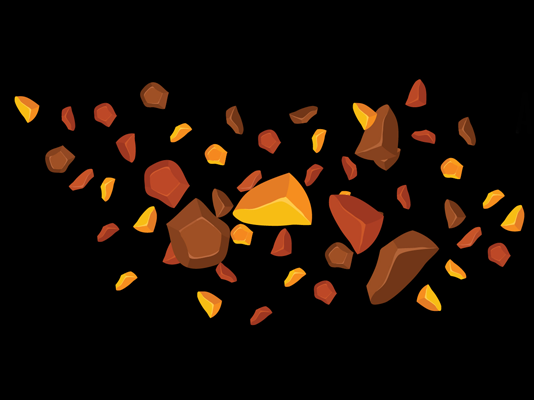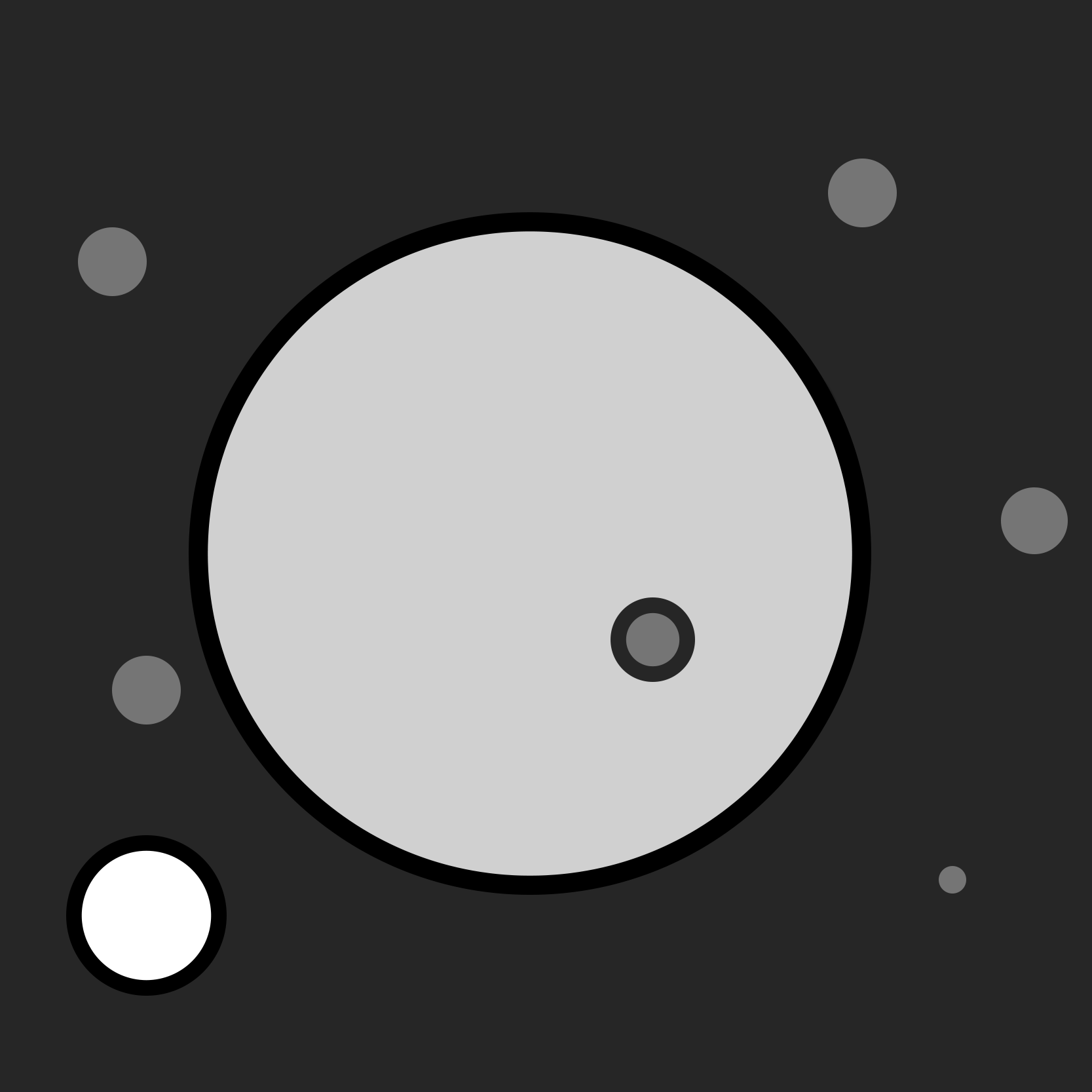Trinculo, a moon of Uranus
5,284,130 miles
11 miles
Trinculo is one of Uranus’s smallest known moons and follows a retrograde orbit, travelling in the opposite direction to the planet’s spin. With a diameter of only about 18 kilometres (11 miles), it is a faint, distant, and irregular satellite.
It was discovered in 2001 by a team led by Matthew J. Holman and J. J. Kavelaars, using the Canada-France-Hawaii Telescope at Mauna Kea Observatory, Hawaii. Its distant, elongated path and backward motion suggest that Trinculo, like other irregular moons of Uranus, is a captured object rather than one that formed in place around the planet.
Because of its small size and dimness, little is known about Trinculo’s composition or surface features. Its capture origin could mean it is a leftover remnant from the early Solar System - perhaps a former asteroid or Kuiper Belt fragment.
Trinculo is named after the court jester in Shakespeare’s The Tempest. After the shipwreck that begins the play, Trinculo encounters Caliban and later teams up with Stephano in a comic plot to overthrow Prospero. His bumbling antics, along with Stephano’s drunken bravado, provide comic relief amid the play’s magical drama.
Most of the moons of Uranus get their names from the plays of William Shakespeare. Trinculu's naming follows the tradition of drawing from Shakespeare’s The Tempest for many of its distant irregular moons, in this case, pairing Trinculo with his stage companion Stephano in the skies as well as in the play.






